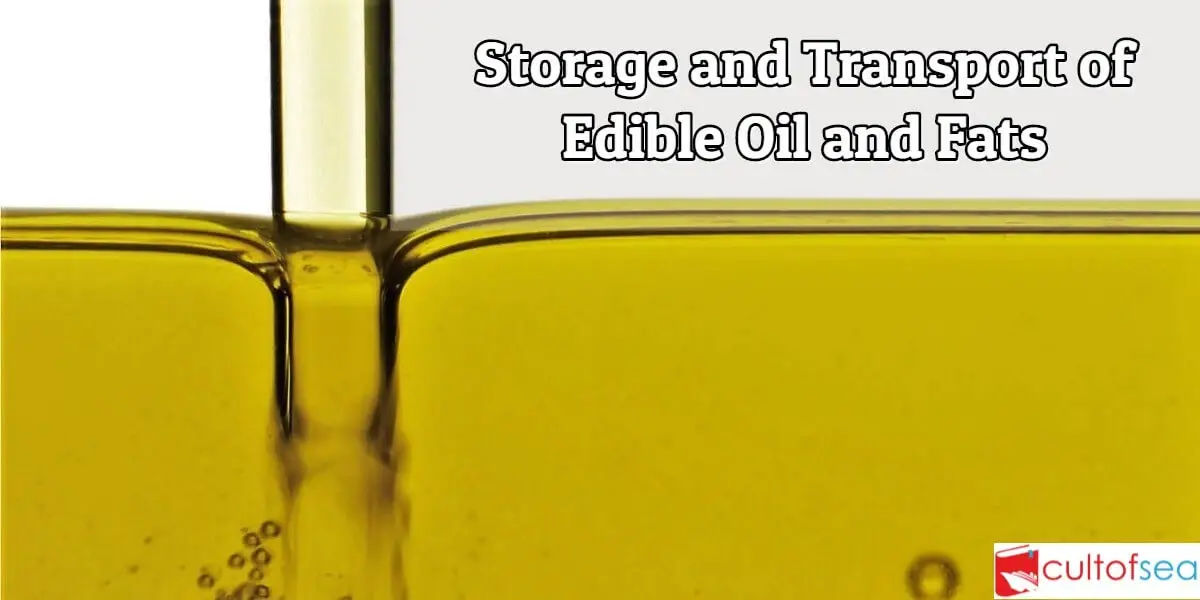Introduction The international trade in oils and fats increases every year in volume and diversity. It included some 18 million tonnes of shipped cargo in 1984. The system involved in bringing the products from the harvest field to the end user is complex and inevitably a number of independent management is involved in processing, storage, and transport. It is clearly in the interest of all the parties involved that any deterioration in the products should be minimised. To this end, a number of trade associations have published advice for the benefit of their members. Individual sources … [Read more...]
Vegetable, Palm and Soybean/Sunflower Oils – Carriage on Tankers
VEGETABLE OILS Prior loading of any Veg Oil cargoes, it should be noted that the last three cargoes must be lead-free.Also, ensure all Cargo Tanks, pipelines and pumps must be well drained and dried.The Veg Oils are very susceptible to Salt Water. Any contact with Sea water will result in rotting /damage of cargo.It should be ensured that after loading is completed; all cargo tanks are checked by Ship’s Officer along with attending surveyor, with a bottom sampler to ensure no water is trapped/loaded at Load Port.All Butterworth openings should have Oil resistant packing’s. … [Read more...]
